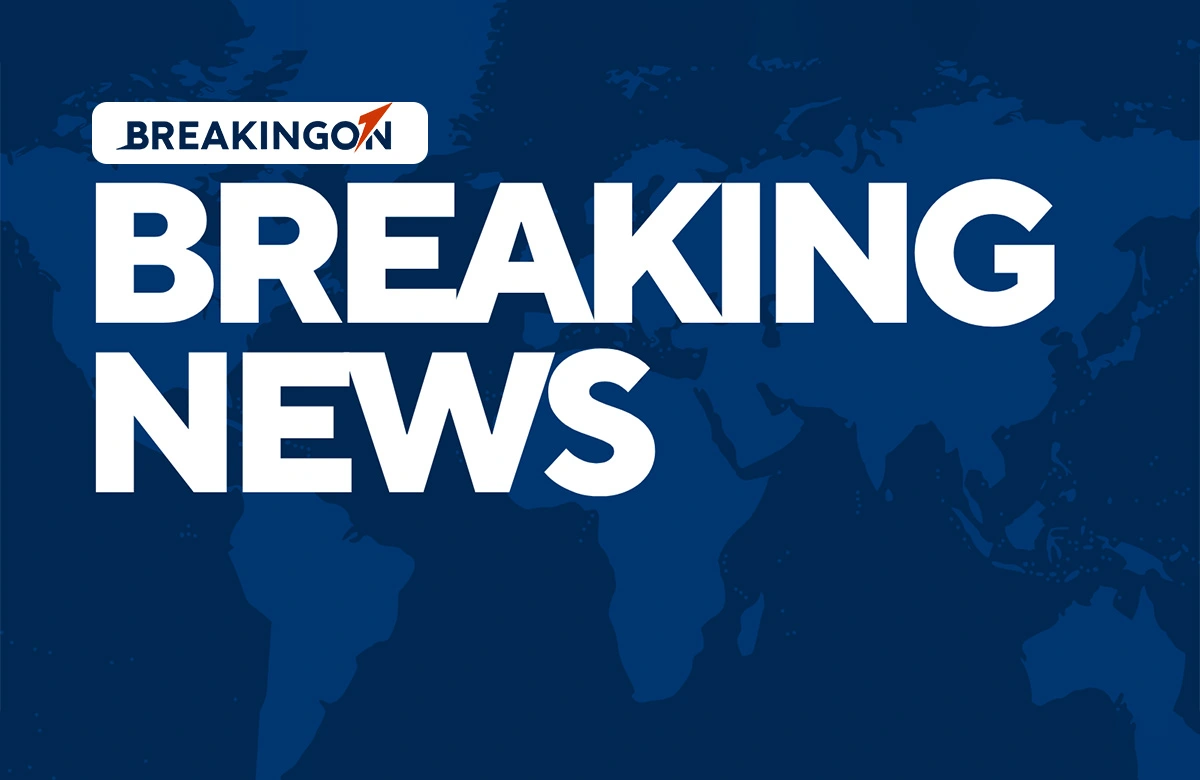
The object known as 2023 KQ14 was uncovered during the FOSSIL project, which stands for Formation of the Outer Solar System: An Icy Legacy. This ambitious survey takes advantage of the Subaru Telescope's extensive field of view to explore the outer reaches of our Solar System. The groundbreaking discovery was made possible through meticulous observations conducted in March, May, and August 2023.
Currently designated as 2023 KQ14, this object will receive a more classical name once the International Astronomical Union makes its official designation. Following its discovery, astronomers plan to conduct follow-up observations in July 2024 using the Canada-France-Hawaii Telescope. This will include a search for any unrecognized sightings of the object in historical data from various observatories, which will enable them to accurately track its orbit over the past 19 years.
Due to its unique and peculiar distant orbit, 2023 KQ14 has been classified as a sednoid. This classification is significant as it makes 2023 KQ14 only the fourth known example of this rare type of object within our Solar System. Numerical simulations performed by the FOSSIL team, utilizing the powerful PC cluster operated by the National Astronomical Observatory of Japan, suggest that 2023 KQ14 has maintained a remarkably stable orbit for at least 4.5 billion years.
Interestingly, while the current orbit of 2023 KQ14 is distinct from those of the other known sednoids, simulations indicate that these orbits were strikingly similar approximately 4.2 billion years ago. This divergence in orbits raises important questions about the diversity and complexity of the outer Solar System. The discovery of 2023 KQ14 also adds new constraints to the ongoing debate regarding the existence of a hypothetical Planet Nine. If such a planet does exist, its orbit would need to be located farther out than traditionally predicted.
Dr. Yukun Huang from the National Astronomical Observatory of Japan, who played a pivotal role in simulating the object's orbit, provided insightful commentary on the implications of this discovery. He stated, "The fact that 2023 KQ14's current orbit does not align with those of the other three sednoids lowers the likelihood of the Planet Nine hypothesis." This suggests the possibility that a planet may have existed in the Solar System in the past but was subsequently ejected, leading to the unusual orbits we observe today.
The uncovering of 2023 KQ14 is a significant milestone in our understanding of the outer Solar System and the dynamics of its celestial objects. As astronomers continue their investigations, the insights gained from this discovery may reshape our knowledge of the cosmos and the potential existence of Planet Nine.